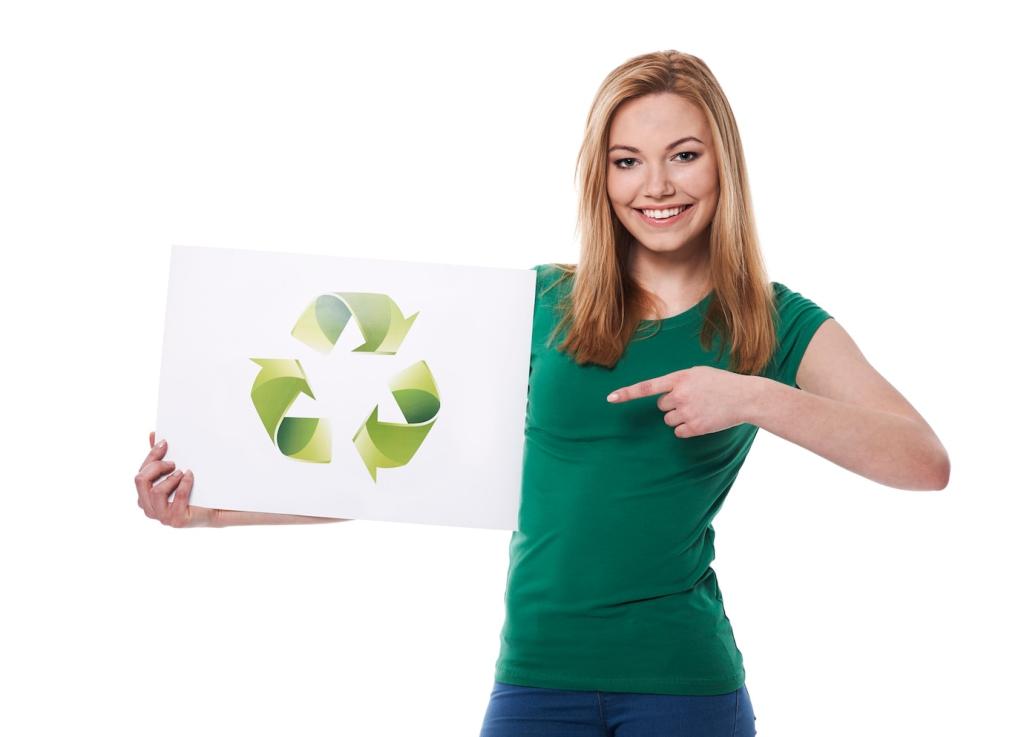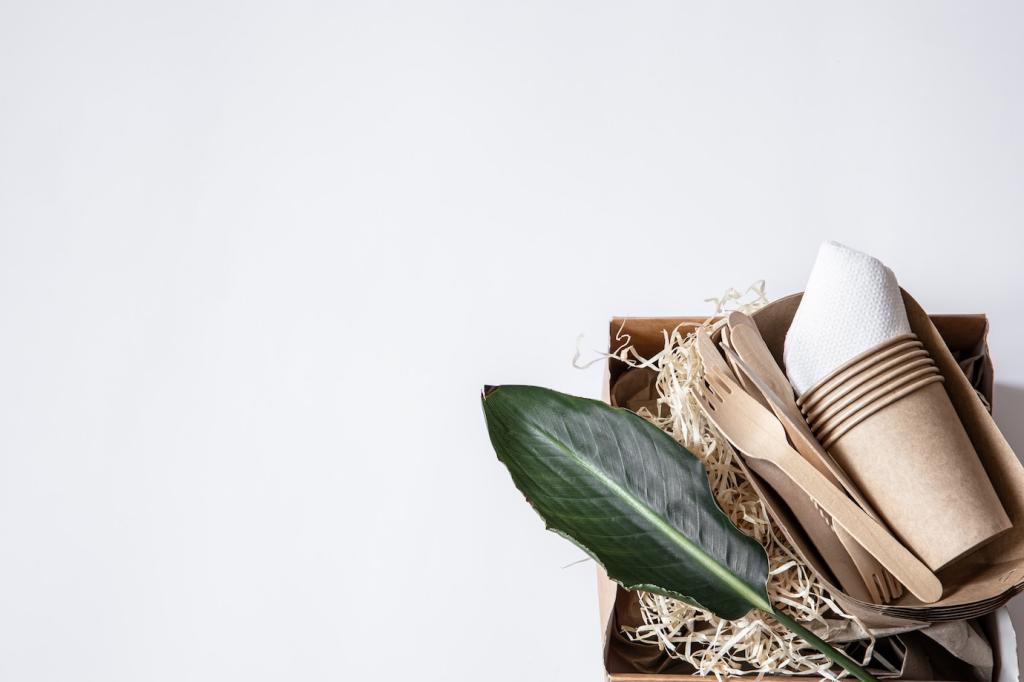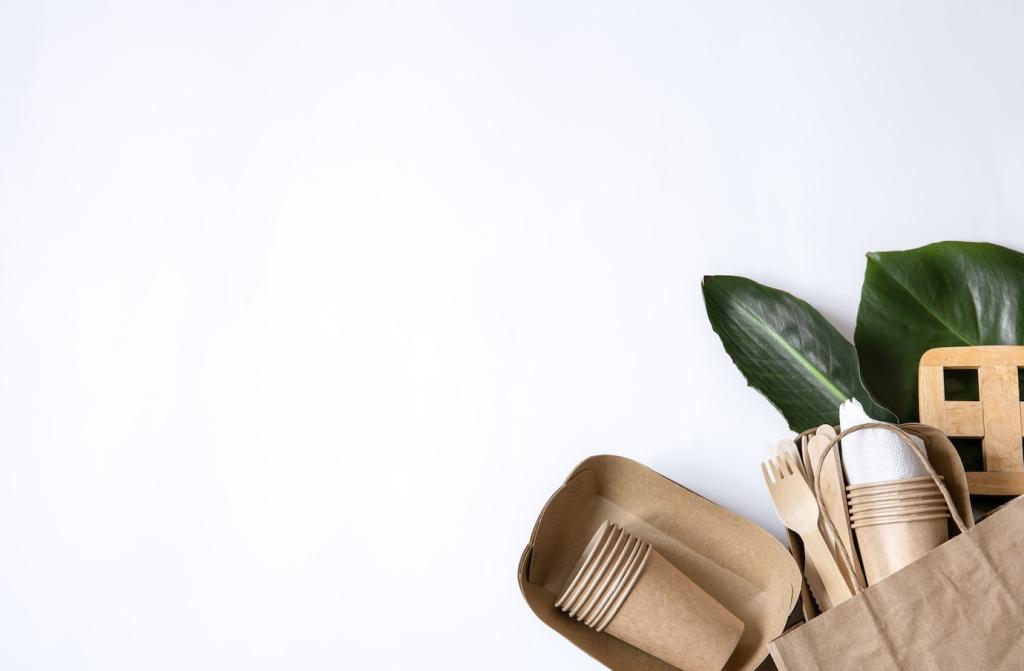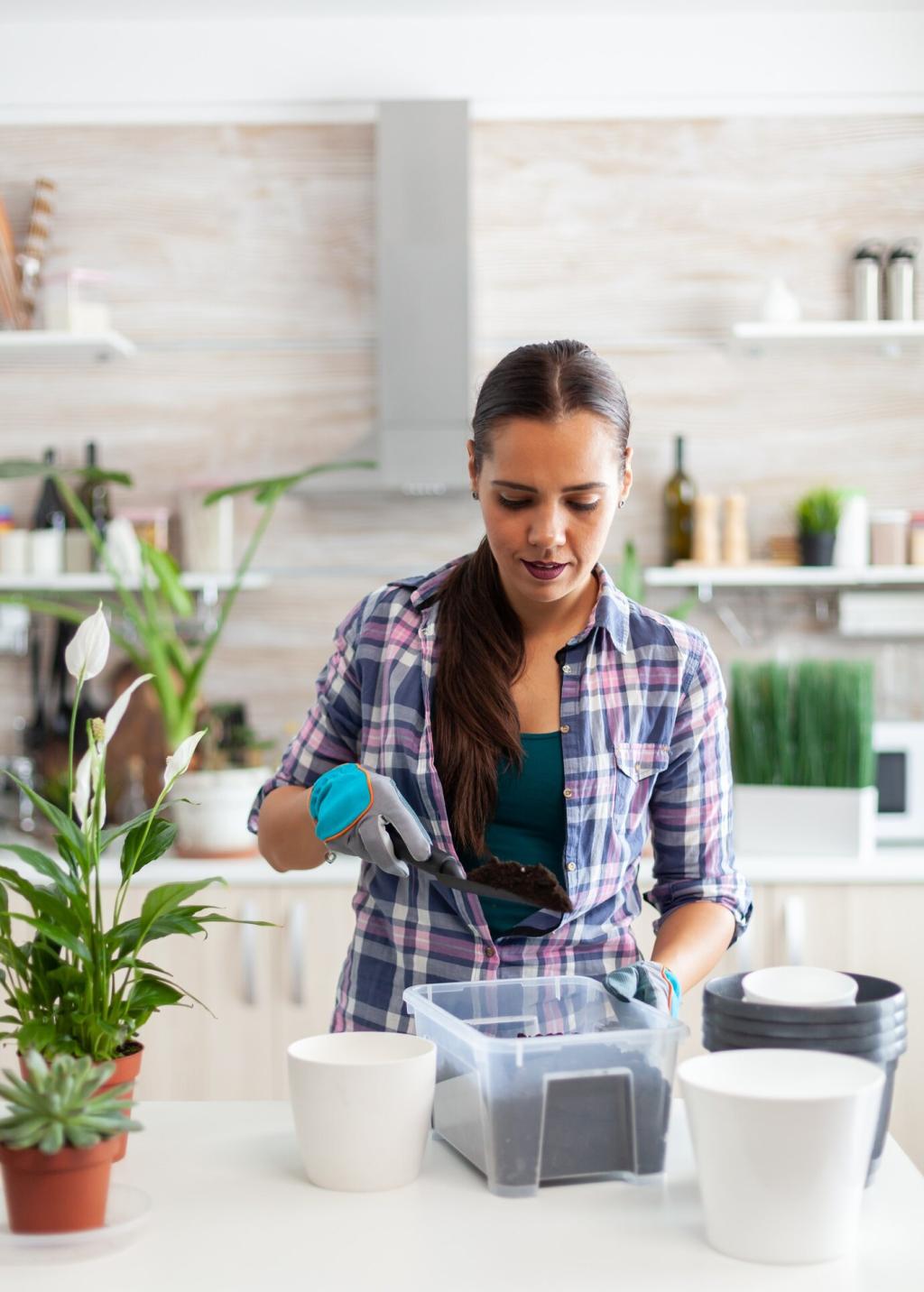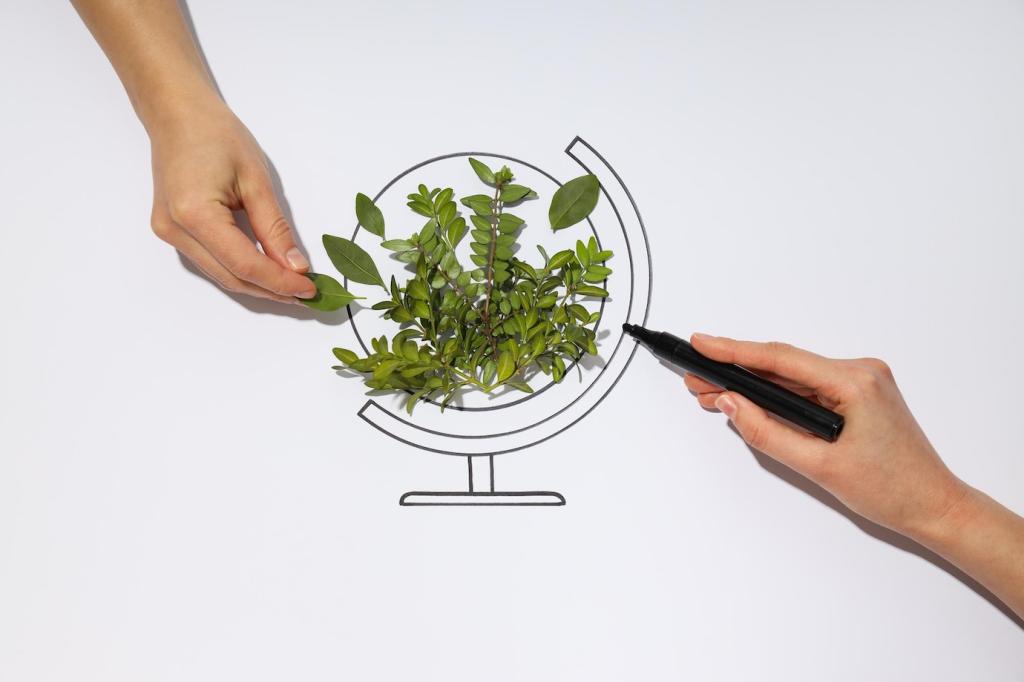Care, Maintenance, and Prevention for Long-Lasting Freshness
Use a soft brush attachment weekly, and consider a HEPA vacuum if allergies are a concern. Removing dust and grit prevents abrasion that dulls fabric. Quick, regular passes reduce how often you’ll need wet cleaning, preserving both color and structure over time.
Care, Maintenance, and Prevention for Long-Lasting Freshness
Lightly sprinkle baking soda, let it rest for several hours, then vacuum thoroughly. Open windows to encourage airflow. If you crave a scent, choose extremely light, fabric-safe options and always test first—sometimes true freshness is simply clean fibers and neutral air.

